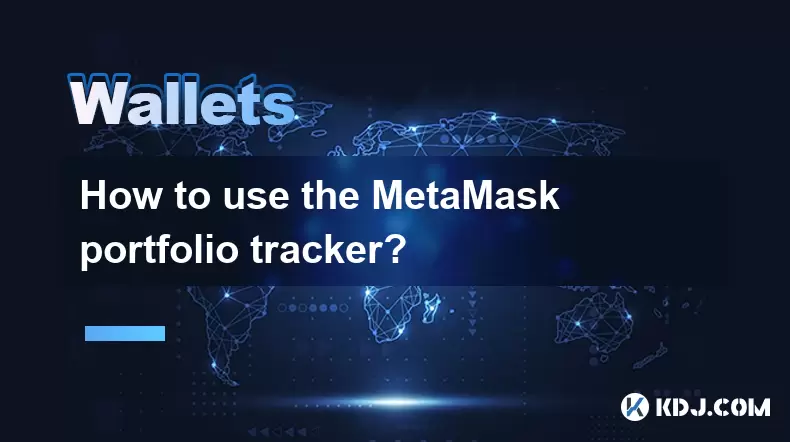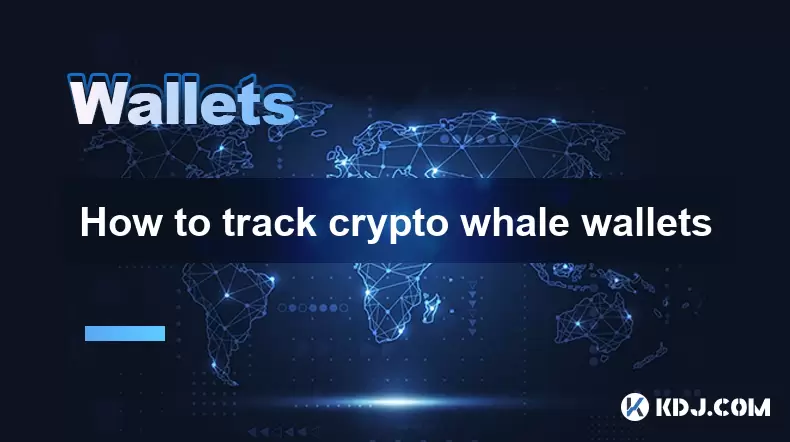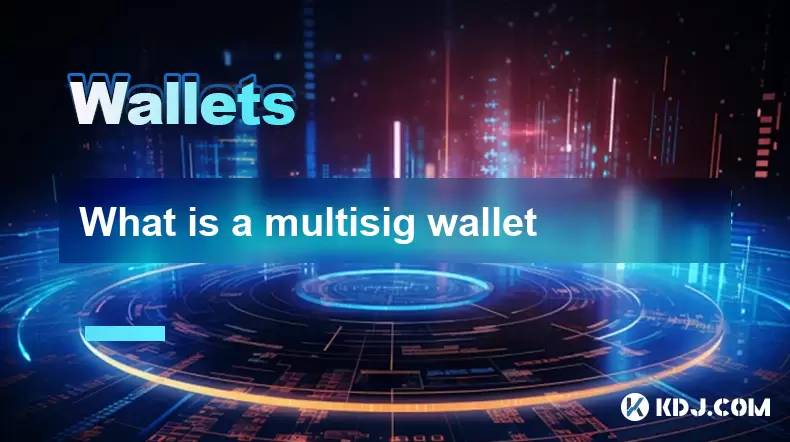-
 Bitcoin
Bitcoin $118,841.1054
1.02% -
 Ethereum
Ethereum $3,364.2689
7.44% -
 XRP
XRP $3.0337
3.93% -
 Tether USDt
Tether USDt $1.0004
0.04% -
 BNB
BNB $708.2059
2.49% -
 Solana
Solana $173.2385
5.74% -
 USDC
USDC $0.9999
-0.01% -
 Dogecoin
Dogecoin $0.2121
6.85% -
 TRON
TRON $0.3090
2.81% -
 Cardano
Cardano $0.7628
2.25% -
 Hyperliquid
Hyperliquid $46.8391
-2.08% -
 Stellar
Stellar $0.4537
0.15% -
 Sui
Sui $3.9529
-2.88% -
 Chainlink
Chainlink $16.6414
3.72% -
 Hedera
Hedera $0.2354
1.52% -
 Bitcoin Cash
Bitcoin Cash $499.1285
0.43% -
 Avalanche
Avalanche $22.6400
0.57% -
 Shiba Inu
Shiba Inu $0.0...01438
4.88% -
 UNUS SED LEO
UNUS SED LEO $8.8507
-0.64% -
 Toncoin
Toncoin $3.1498
2.35% -
 Litecoin
Litecoin $97.4954
1.21% -
 Polkadot
Polkadot $4.1541
1.50% -
 Monero
Monero $331.4406
-1.03% -
 Pepe
Pepe $0.0...01350
5.24% -
 Uniswap
Uniswap $8.9103
-5.01% -
 Bitget Token
Bitget Token $4.7540
4.51% -
 Dai
Dai $0.9999
-0.02% -
 Ethena USDe
Ethena USDe $1.0008
0.00% -
 Aave
Aave $322.3328
-1.63% -
 Bittensor
Bittensor $431.8026
-0.50%
How to use the MetaMask portfolio tracker?
MetaMask's built-in portfolio tracker lets users monitor crypto holdings across multiple blockchains, offering real-time updates on token values, NFTs, and DeFi assets—all within the wallet interface.
Jul 14, 2025 at 11:49 am

What is the MetaMask Portfolio Tracker?
The MetaMask portfolio tracker is a built-in feature within the MetaMask wallet that allows users to monitor their cryptocurrency holdings across multiple blockchain networks. It provides a consolidated view of all tokens, NFTs, and balances associated with a connected wallet address. This tool simplifies asset management by offering real-time updates on token values, price changes, and overall portfolio performance.
One key advantage of this tracker is its integration with decentralized finance (DeFi) protocols and NFT marketplaces. Users can see not only their native token balances but also staked assets, liquidity pool positions, and NFT collections. The portfolio tracker is accessible directly from the MetaMask interface, eliminating the need for third-party tracking apps in many cases.
How to Access the Portfolio Tracker in MetaMask
To access the portfolio tracker, users must first install the MetaMask browser extension or mobile app. Once installed, open the wallet and ensure you are logged into your account. From the main dashboard, locate the "Portfolio" tab at the top of the screen — clicking on it will redirect you to the portfolio overview page.
If the "Portfolio" tab does not appear immediately, check for any available updates to the MetaMask application. Some features may require the latest version to function properly. Also, ensure that your wallet is connected to one or more supported blockchains such as Ethereum, Binance Smart Chain, Polygon, or Avalanche.
Viewing Your Token Balances and Values
Once inside the portfolio tracker, users will see a breakdown of their token holdings. Each token is displayed with its symbol, balance, current value in USD, and 24-hour change percentage. For example, if you hold ETH, USDT, and DAI, each will be listed individually with relevant data points.
MetaMask automatically fetches price data from reliable sources to ensure accurate valuation. If a token is not displaying correctly, verify that it has been added to your wallet. Custom tokens may need to be manually imported by entering the contract address and symbol.
In addition to fungible tokens, the portfolio tracker also includes non-fungible tokens (NFTs). These appear under a separate section, showing previews of digital collectibles stored in your wallet. Clicking on an NFT reveals additional details such as ownership history and marketplace links.
Tracking Performance Across Multiple Networks
MetaMask supports multiple blockchain networks, and the portfolio tracker reflects balances across all connected chains. To switch between networks, use the dropdown menu located in the top-left corner of the wallet interface. Each network displays its own set of tokens and balances, allowing users to manage assets without confusion.
For instance, if you have ETH on Ethereum and MATIC on Polygon, both will be visible when switching between those networks. The USD value adjusts accordingly based on the selected chain, giving a clear picture of how much each network contributes to your total crypto holdings.
Users can also customize which networks appear in the portfolio tracker by adding or removing custom RPCs. This is especially useful for developers or advanced users who interact with niche or testnet blockchains regularly.
Managing Connected Accounts and Wallets
MetaMask allows users to connect multiple accounts within the same wallet extension or app. Each account maintains its own portfolio, making it easy to track personal, business, or investment-related assets separately. Switching between accounts is done via the profile icon in the top-right corner of the interface.
When managing multiple accounts, it's important to remember that each account has its own unique seed phrase and private keys. Never share recovery phrases between accounts or attempt to merge portfolios manually. Instead, rely on MetaMask’s built-in multi-account support to keep everything organized.
Additionally, users can connect external wallets like hardware wallets (e.g., Ledger) or other software wallets using WalletConnect. Once connected, these wallets also appear in the portfolio tracker, enabling seamless cross-wallet monitoring.
Using Filters and Sorting Options
The portfolio tracker offers filtering and sorting options to help users find specific tokens quickly. On the desktop version, look for a search bar and filter buttons above the token list. Mobile users can swipe down or tap a dedicated menu to reveal similar controls.
Filters include options such as showing only active balances, hiding small balances below a certain threshold, or sorting by name, value, or change percentage. These tools are particularly helpful for users with large portfolios containing dozens of tokens.
Sorting by USD value helps identify which assets contribute most to net worth, while sorting by 24-hour change highlights recent gains or losses. Custom tags can also be applied to categorize tokens (e.g., DeFi, gaming, governance), improving usability for advanced traders and investors.
Frequently Asked Questions (FAQ)
Can I export my portfolio data from MetaMask?
Yes, you can manually record your portfolio data by taking screenshots or copying token balances and values. However, MetaMask currently does not offer a direct export function for portfolio information. Third-party tools may provide CSV or Excel export capabilities if connected via API.
Why are some tokens missing from my portfolio?
Tokens may be missing due to incorrect contract addresses, unsupported networks, or incomplete imports. Ensure that all tokens are properly added to your wallet and that you're viewing the correct network. If using a custom token, double-check the contract address and decimals.
Does MetaMask portfolio tracker support fiat currencies other than USD?
As of now, the MetaMask portfolio tracker only displays values in USD. There is no built-in option to change the fiat currency to EUR, GBP, or others. Users can convert USD values manually using online calculators or third-party applications.
Is the portfolio tracker available on mobile devices?
Yes, the portfolio tracker is fully functional on the MetaMask mobile app, available for both iOS and Android. The layout is slightly different from the desktop version, but all essential features including token tracking, NFT display, and network switching remain accessible.
Disclaimer:info@kdj.com
The information provided is not trading advice. kdj.com does not assume any responsibility for any investments made based on the information provided in this article. Cryptocurrencies are highly volatile and it is highly recommended that you invest with caution after thorough research!
If you believe that the content used on this website infringes your copyright, please contact us immediately (info@kdj.com) and we will delete it promptly.
- Biofuel Services Powering Fleet Sustainability & Fuel Delivery: A New Era
- 2025-07-17 06:30:13
- Bitcoin, Altcoins, and Market Dominance: Decoding the Crypto Landscape
- 2025-07-17 06:30:13
- TikTok, Creators, and Records: A Wild Ride in the Digital Age
- 2025-07-17 06:50:13
- Roger Ver, Bitcoin Jesus, and the Extradition Lawsuit: A New York Minute on Crypto's Controversial Figure
- 2025-07-17 06:50:13
- Navigating Bitcoin ETFs with Options: Calamos' Strategy Explained
- 2025-07-17 06:55:13
- Kinder Morgan's Natural Gas Play: Earnings Release Insights
- 2025-07-17 06:55:13
Related knowledge

What is a hardware wallet's secure element
Jul 11,2025 at 10:14pm
What is a Hardware Wallet's Secure Element?A hardware wallet is one of the most secure ways to store cryptocurrencies. Unlike software wallets, which ...

How to track crypto whale wallets
Jul 16,2025 at 10:00am
What Are Crypto Whale Wallets?Crypto whale wallets refer to large cryptocurrency holdings controlled by individuals or entities that have the potentia...

What is the difference between a custodial and non-custodial wallet
Jul 13,2025 at 03:21am
Understanding Wallet Types in CryptocurrencyIn the world of cryptocurrency, digital wallets play a crucial role in managing and securing assets. A wal...

What is a multisig wallet
Jul 16,2025 at 01:42am
Understanding the Concept of a Multisig WalletA multisignature (multisig) wallet is a type of cryptocurrency wallet that requires more than one privat...

How to add a new network to MetaMask
Jul 11,2025 at 11:42pm
Understanding the Need to Add a New NetworkWhen using MetaMask, a popular Ethereum-based cryptocurrency wallet, users often need to interact with diff...

How to add Ethereum L2 networks like Arbitrum to Trezor
Jul 11,2025 at 12:36am
What Is Ethereum L2 and Why Add It to Trezor?Ethereum Layer 2 (L2) networks, such as Arbitrum, are scaling solutions designed to reduce congestion on ...

What is a hardware wallet's secure element
Jul 11,2025 at 10:14pm
What is a Hardware Wallet's Secure Element?A hardware wallet is one of the most secure ways to store cryptocurrencies. Unlike software wallets, which ...

How to track crypto whale wallets
Jul 16,2025 at 10:00am
What Are Crypto Whale Wallets?Crypto whale wallets refer to large cryptocurrency holdings controlled by individuals or entities that have the potentia...

What is the difference between a custodial and non-custodial wallet
Jul 13,2025 at 03:21am
Understanding Wallet Types in CryptocurrencyIn the world of cryptocurrency, digital wallets play a crucial role in managing and securing assets. A wal...

What is a multisig wallet
Jul 16,2025 at 01:42am
Understanding the Concept of a Multisig WalletA multisignature (multisig) wallet is a type of cryptocurrency wallet that requires more than one privat...

How to add a new network to MetaMask
Jul 11,2025 at 11:42pm
Understanding the Need to Add a New NetworkWhen using MetaMask, a popular Ethereum-based cryptocurrency wallet, users often need to interact with diff...

How to add Ethereum L2 networks like Arbitrum to Trezor
Jul 11,2025 at 12:36am
What Is Ethereum L2 and Why Add It to Trezor?Ethereum Layer 2 (L2) networks, such as Arbitrum, are scaling solutions designed to reduce congestion on ...
See all articles

























































































